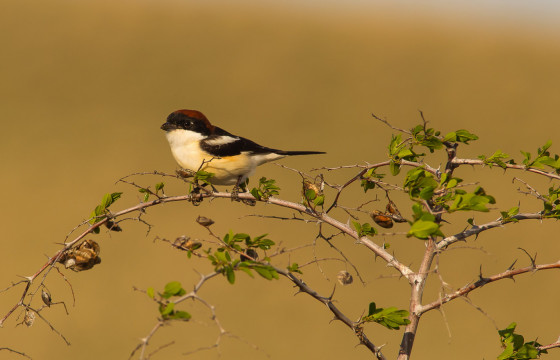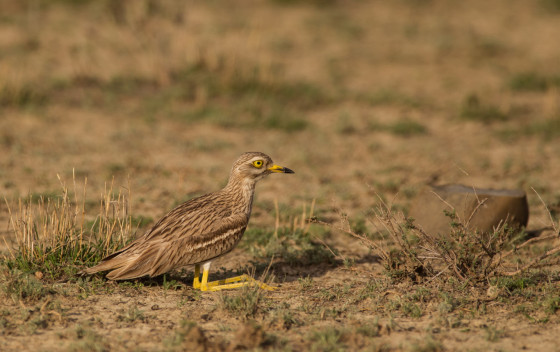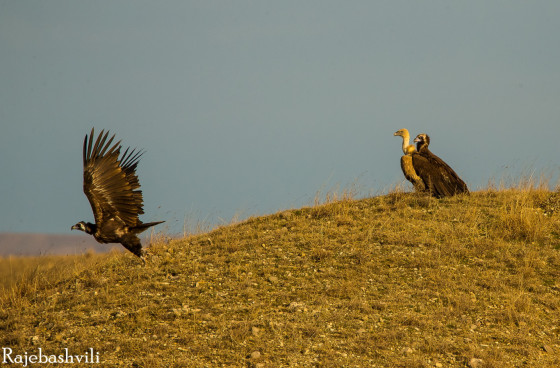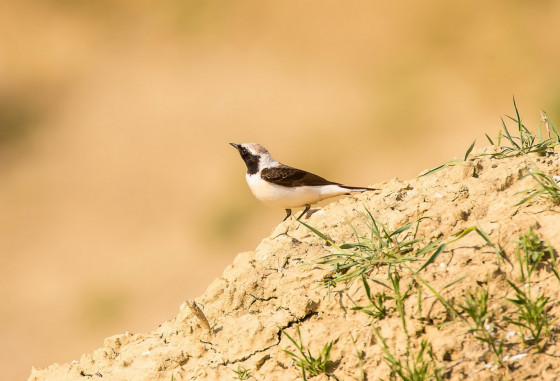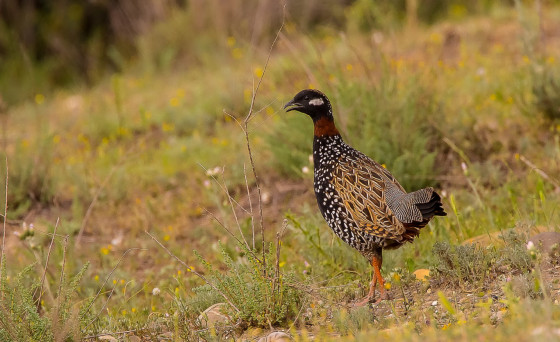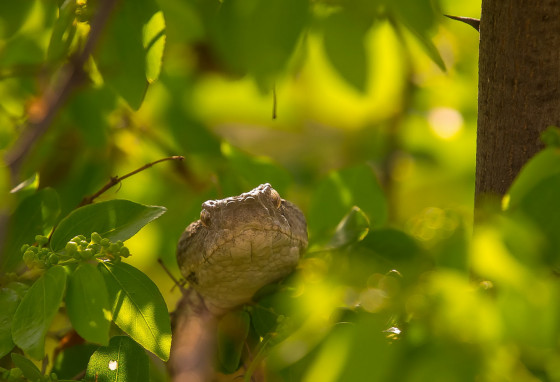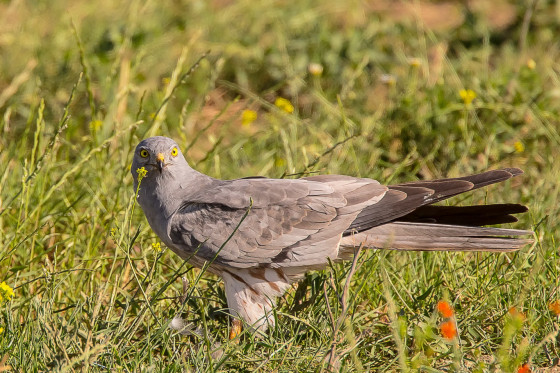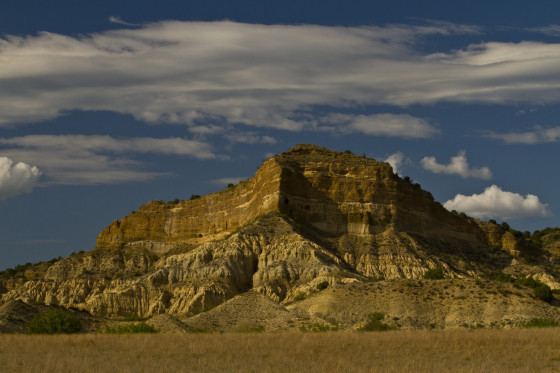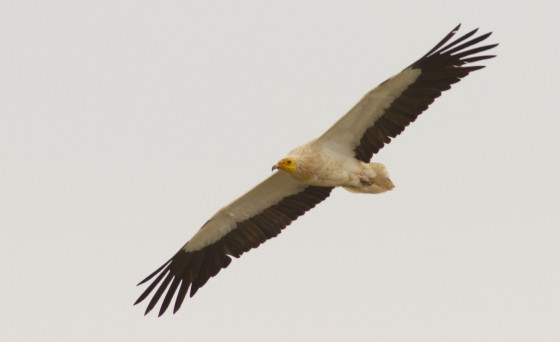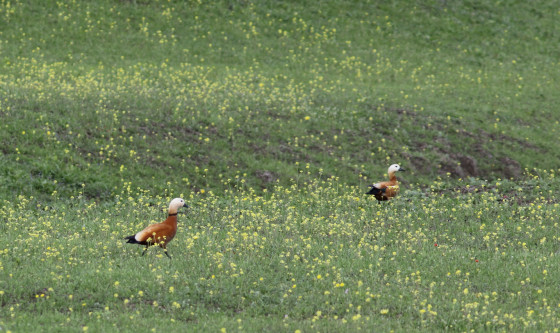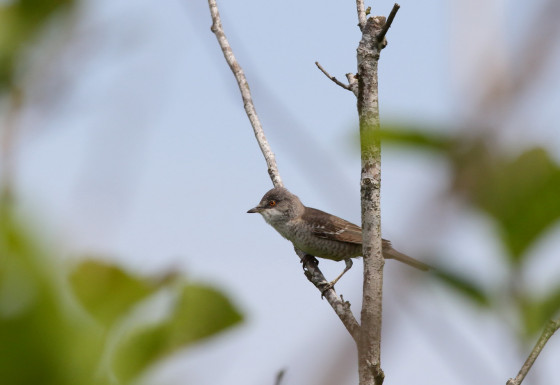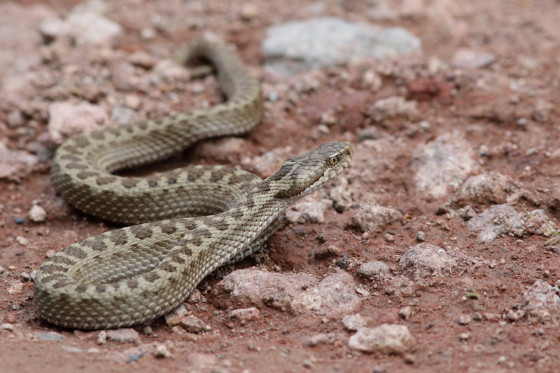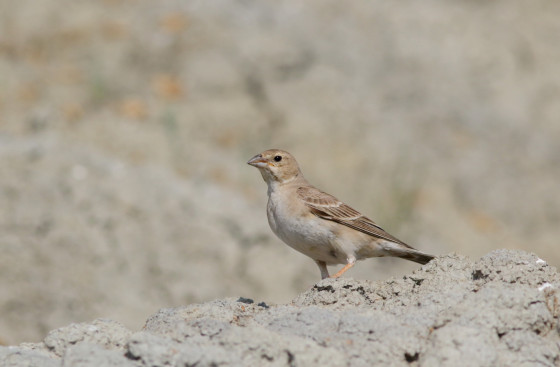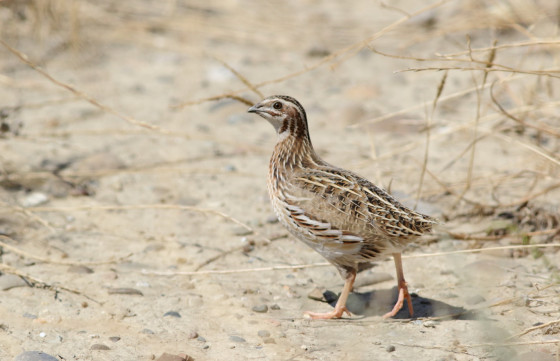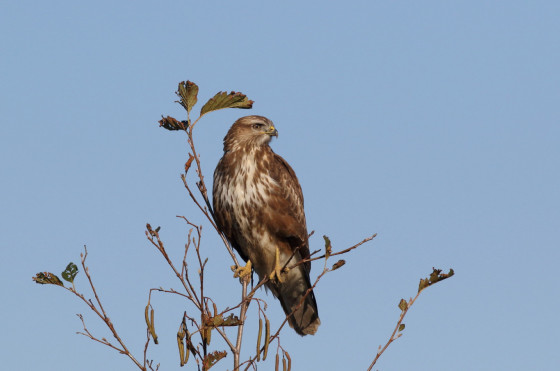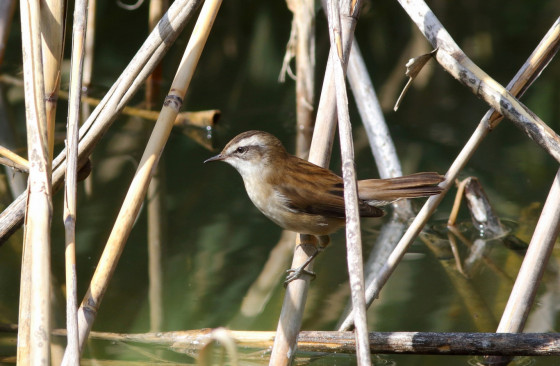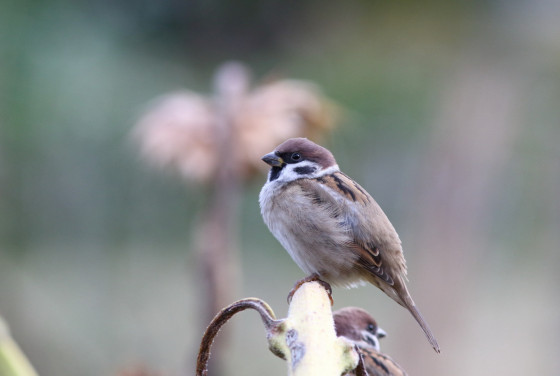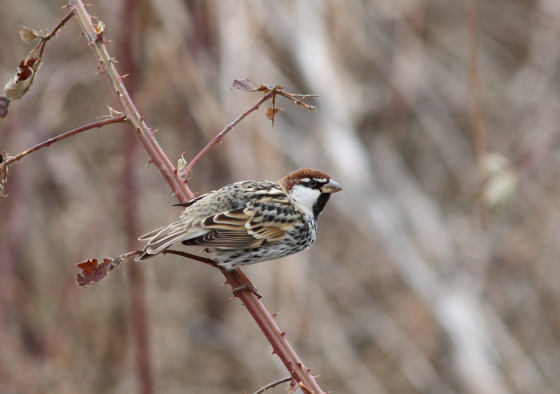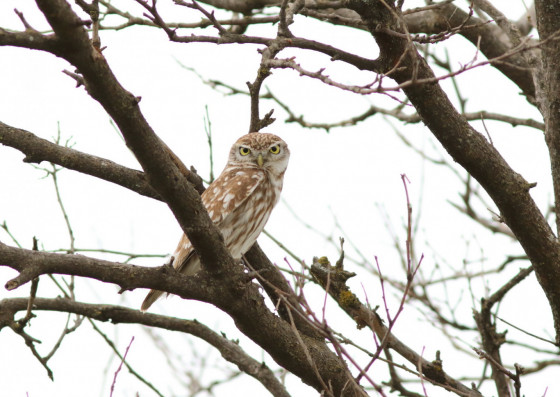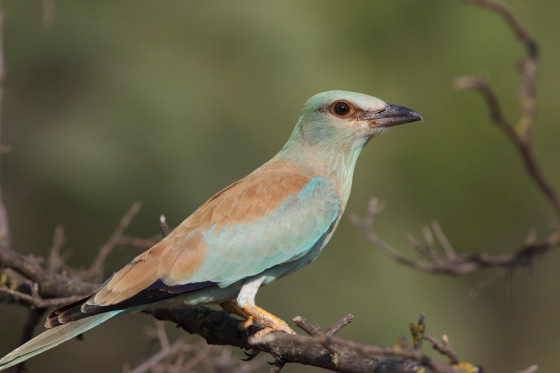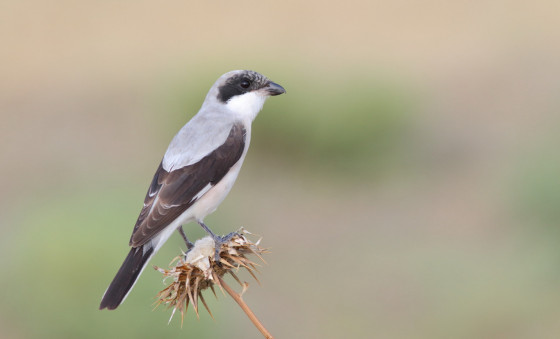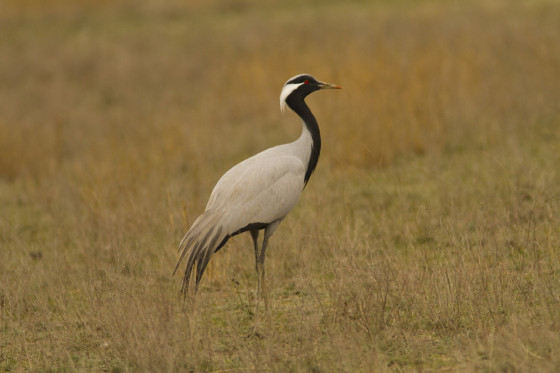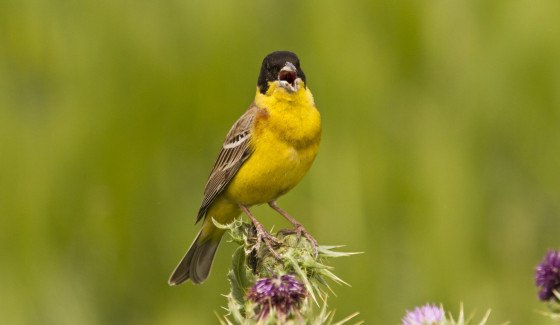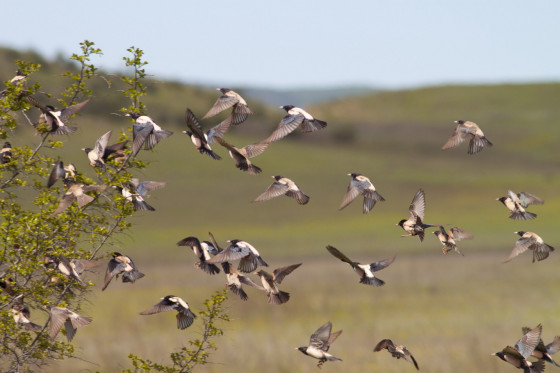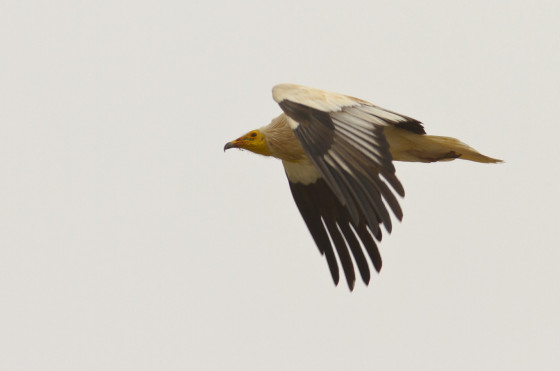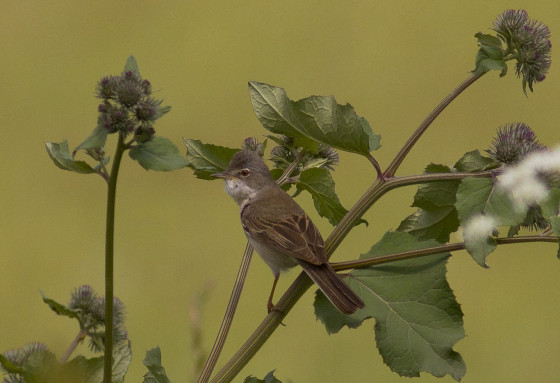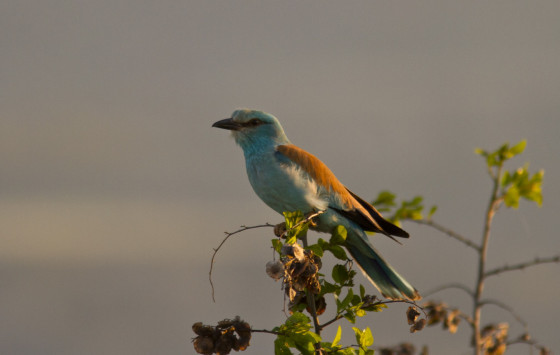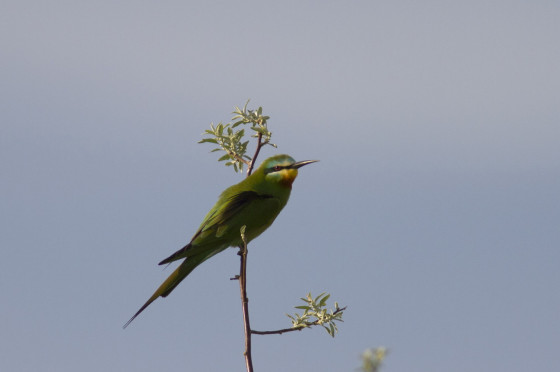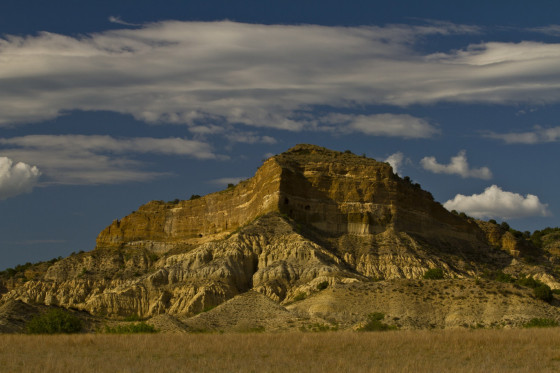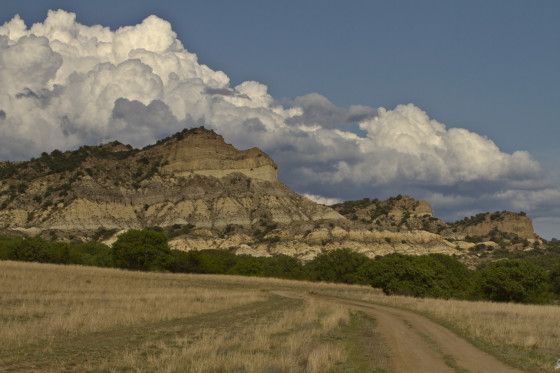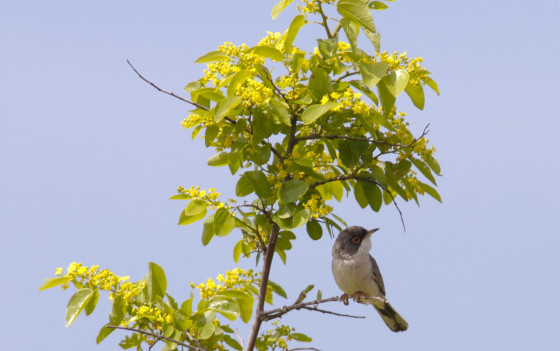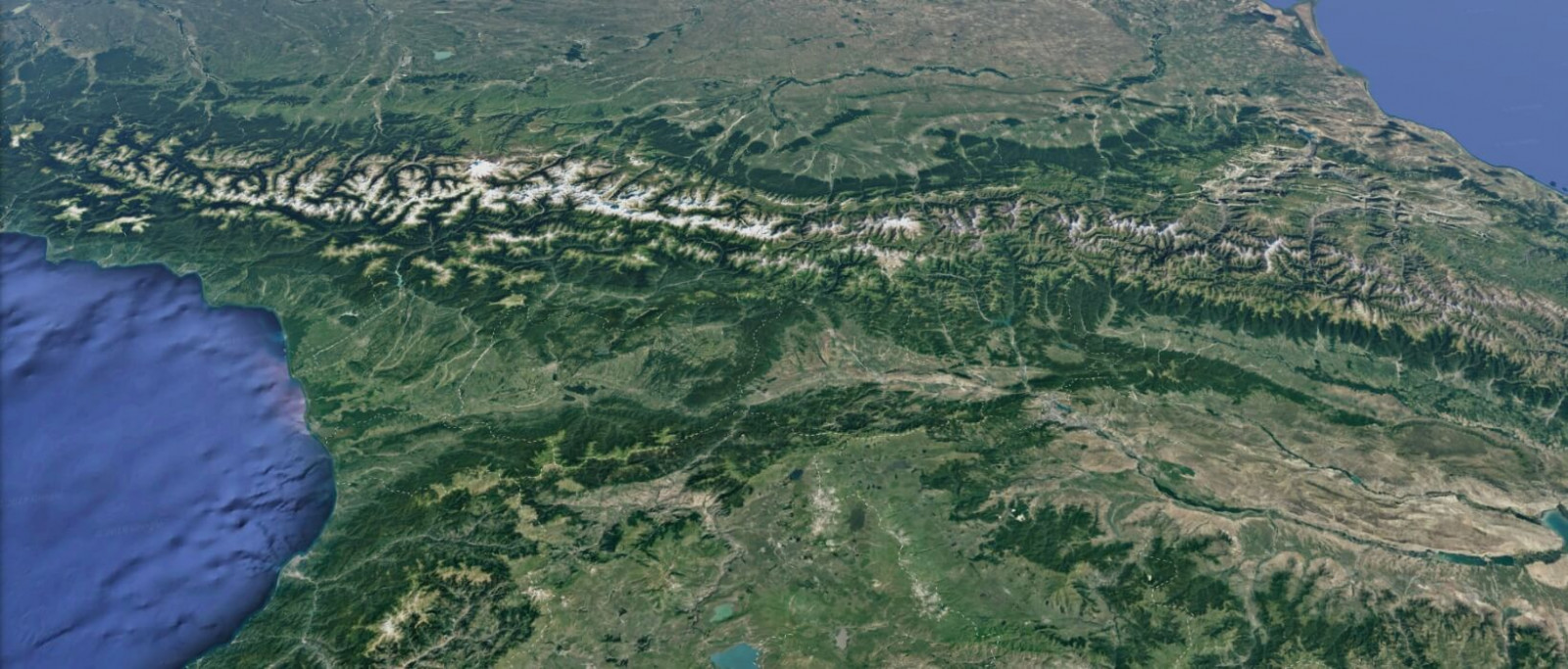Hotspots
Chachuna Reserve
The Chachuna managed nature reserve is a part of a region called the Iori Upland (200 - 800m) that lies in the far east of Georgia. The site consists of Neogene and Quaternary bedrock: conglomerates, sandstone, clay, sand, etc. This is a hilly area, with plenty of gorges, which gather into valleys or vanish into plains. The hills are composed of low ridges with naturally eroded slopes. There are steppes and savannah-like landscapes, arid woodlands and semi-deserts, and an abundance of relic and endemic plant species, birds of prey, and large predators. Along the Iori riverbed, there are floodplain jungle-like forests with rich bird and mammal fauna. Most of the plant and animal species are typical for dry east-Mediterranean and Central Asian landscapes.
Birds: During spring and summer Chachuna is noted for one of the largest communities of breeding birds in the Caucasus. Raptor breeders include long-legged buzzard, lesser and common kestrels, black kite, Egyptian, Cinereous and Eurasian griffon vultures, Levant and Eurasian sparrowhawks, northern goshawk, European honey-buzzard, common buzzard, imperial, lesser spotted, and short-toed snake eagles, Eurasian hobby, and lanner falcon. Riparian forests and grassland provide the habitats for black francolin and a few pairs of black storks. A typical bird of the site is chukar. Large aggregations of European bee-eater, European roller, and Eurasian hoopoes regularly raise their young in cliffs, steep banks and tree holes. The stunning list of passerines to be found at the site includes calandra lark, crag martin, rufous-tailed scrub robin, three species of wheatears, blue rock thrush, various species of warblers, rock nuthatch, lesser grey and woodchat shrikes, rose-coloured starling, rock sparrow, black-headed and ortolan buntings, and others. Even though the site is almost void of wetlands, the Dali Reservoir sustains considerable numbers of ruddy shelducks.
Other wildlife: The area harbours several mammal species, including wolf, fox, golden jackal, wild boar, brown bear, jungle cat, lynx, badger, rock marten, porcupine and even striped hyena. To spy these animals, however, one needs help from experienced rangers. The most common species of amphibians and reptiles are yellow-lemon tree frog, occasionally Syrian spadefoot toad (in late March), Caspian terrapin (at the river banks), Mediterranean tortoise, European glass lizard, Levantine viper and occasionally four-striped and red-bellied racers, Montpellier’s snake and a number of other reptiles. The best time for reptile watching is April through early June. Vegetation at the site is very diverse--most of it is covered by the relic Botriochloa and typical Stippa steppes. Christ's thorn vegetation is also frequent; savanna-like woodlands of nettle-tree and wild pear occur here and there; the slopes of ridges are covered by relic and rare junipers; semi-deserts are represented by Artemisia, Salsola species etc. Floodplain forests grow alongside the river Iori.
What to expect
Journey For Life
Although Georgia covers only one-seventh of the Caucasus, it aggregates nearly every kind of habitat and biome found in the region. The country’s species diversity far surpasses two-thirds of the species found throughout the entire Caucasus, comprising nearly 1% of the planet’s animal and plant species.
Climate varies from dry warm continental in the southeast of Georgia to very humid temperate in the west; Mtirala in the southwest has 4,000 mm of annual precipitation, exceeding any other geographic point in continental western Eurasia. The country lies along the eastern coast of the Black Sea and southern slopes of the Great Caucasus Mountains, at the same latitude as Washington D.C., northern Greece and northern Spain. Humid areas have the greatest diversity of endemic species. Nearly a quarter of the terrestrial vertebrate and fish species, and even more of the flowering plants of Georgia are endemics of the Caucasus region.
